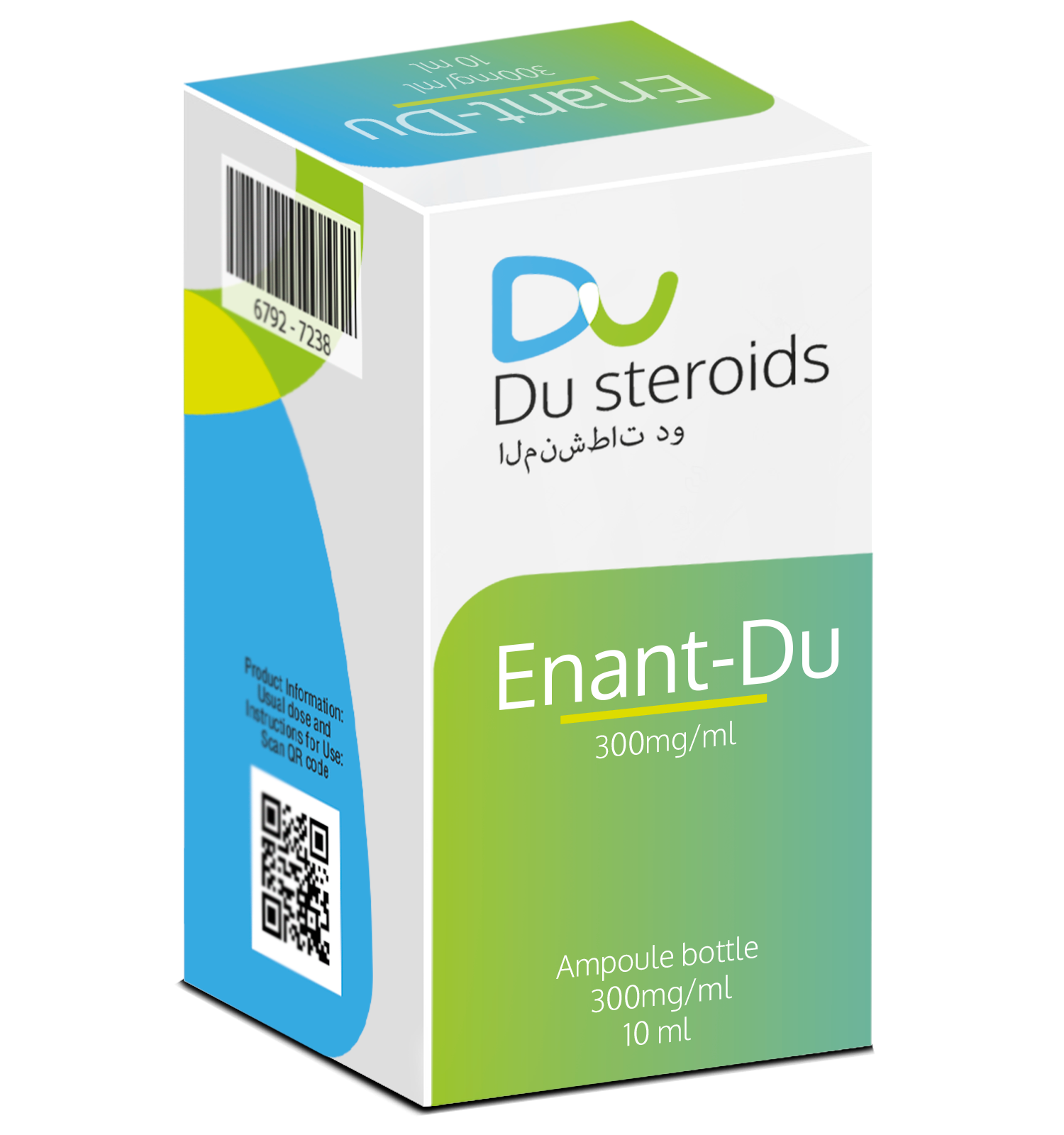

Mechanism of Action and Pharmacokinetics Testosterone Enantate
Testosterone, the main sexual androgen, is responsible for the development and maintenance of male secondary sexual characteristics, exerting significant anabolic action.
This last property contributes, above all, to the acceleration of the growth process at puberty by the stimulation of bone growth and the modulation of the welding process of the epiphysis of the long bones.
In the normal man it stimulates the activity of the RNA polymerase enzyme and the synthesis of the specific RNA resulting in an increase in the production of Proteins.
Testosterone stimulates erythrocyte production because it favors the synthesis of erythropoiesis stimulating factors.
Indications
Congenital or acquired primary hypogonadism: When there is testicular insufficiency due to cryptorquedism, bilateral torsion, testicular absence syndrome or orchidoctomy.
Hypogonadotrophic hypogonadism: When there is congenital or acquired deficiency of LH-RH (luteinizing hormone releasing hormone) or hypothalamic hyphoshaemia due to surgeries, traumas, tumors or radiation.
Delayed puberty: When there is a family pattern of late puberty, not secondary to a pathological disorder, in patients who did not respond to supportive psychological therapy.
Climaterio Masculino: As repositora therapy in impotence or other symptoms associated with this disorder, when the etiology is due to a proven androgen deficiency.
Severe malnutrition
Specific anemias: myelofibrous aplastic anemia, myelosclerosis, agnogenic myeloid metaplasia, hypoplastic anemias caused by malignancy or myelotoxic drugs.
Inoperable breast carcinoma: As secondary, tertiary palliative treatment of metastatic breast cancer in women with hormone-receptive tumors or who have demonstrated a previous response to hormonal therapy.
Posology
Hypogonadism, climacteric or impotence (male replacement therapy): 50 to 400 mg I.M. every 2 to 4 weeks.
Puberty male delay (replacement therapy): 25 to 200 mg every 2 to 4 weeks, for a period usually limited to 6 months.
Antineoplastic, in inoperable breast cancer (female): 200 to 400 mg I.M. every 2 to 4 weeks.
Contraindications
It is contraindicated in patients with breast cancer in men, prostate cancer or adenoma diagnosed or suspected, severe heart, liver or kidney failure, in prepubertal individuals or in an aggressive state, pregnancy, hypercalcemia.
Adverse reactions
The following adverse reactions require medical accompaniment:
Virilization and menstrual irregularities in women, irritability of the bladder, gynecomastia. Anaphylaxis, edema, erythrocytosis, gastrointestinal irritation, hypercalcemia and polycythemia, androgenic alopecia, seborrhea and acne in men and women. Carcinoma prostatic hypertrophy and an increase in sexual desire.
They are adverse reactions: Constipation, nausea, diarrhea, infection, redness, pain or irritation at the injection site, alterations in the libido, stomach pain, difficulty in sleep, impotence, testicular atrophy, headaches, anxiety, depression, generalized paraesthesia , sleep apnea, skin rash.
Restrictions of Use
The use of a wet needle or syringe can cause clouding of the solution that does not affect the effectiveness of the medication. If crystals form in the blisters, gentle heating by friction between the hands or agitation can dissolve the crystals.
Intramuscular injection should be administered deeply into the gluteus muscle or deltoid. Do not administer intravenously.
Store at 15-30 ° C and protect from freezing. Shake before using.
Overdose
Treatment in case of overdose: There have been no reports of overdose with the product.


أعدت للمنشطات دو
برج ليوا بوكس أبو ظبي
Liwa Tower P.O.
Box 904 Abu Dhabi
(9712) 6131 432
